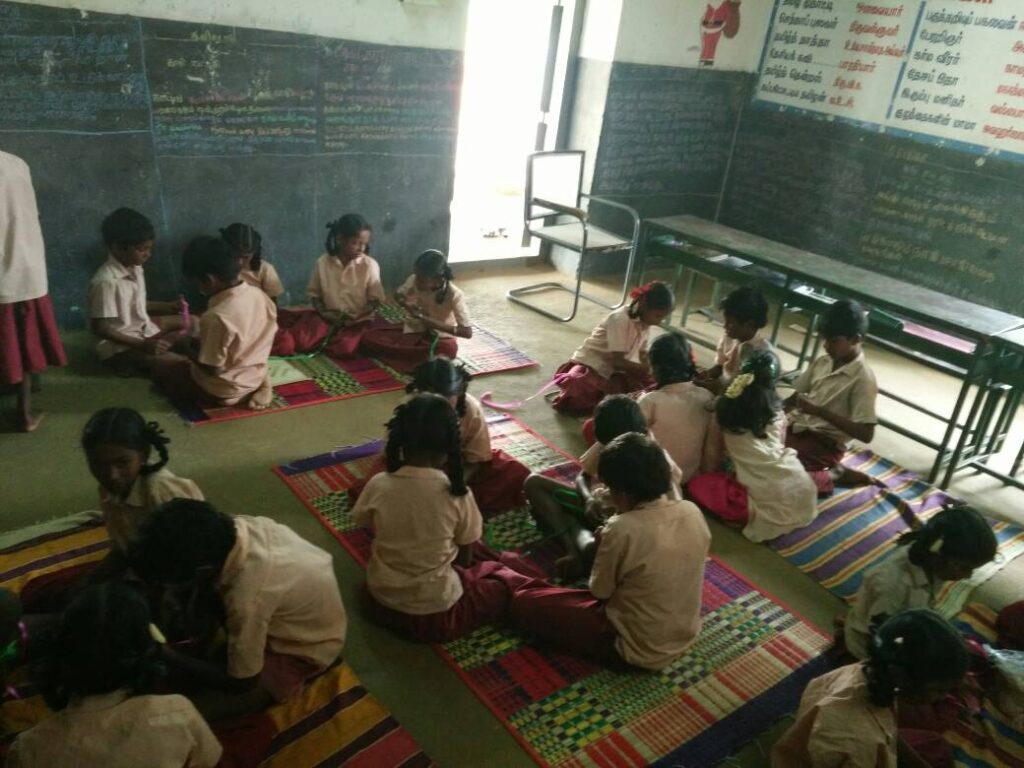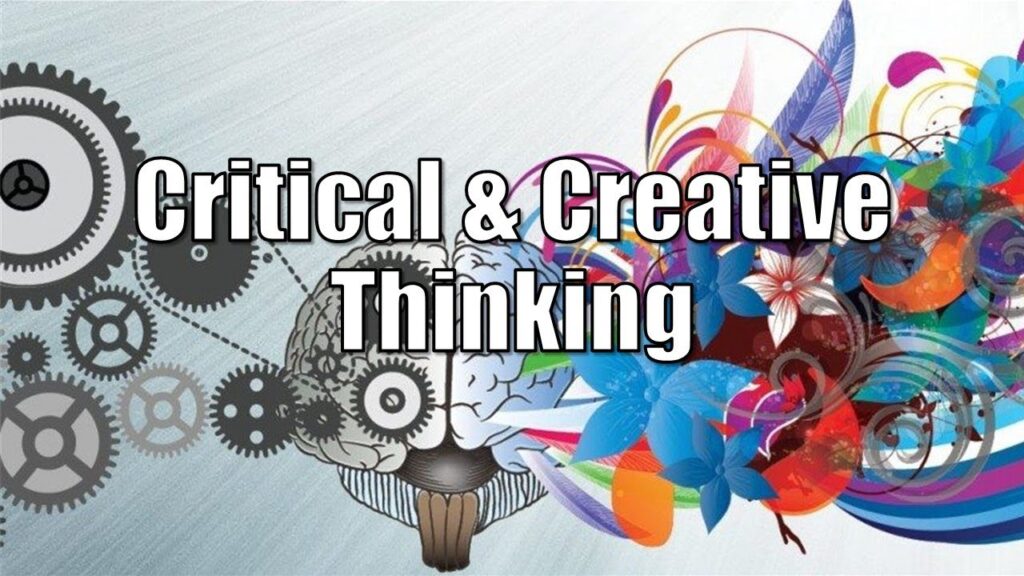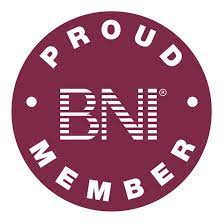In the 21st century, the world has become highly complex and interconnected. As a result, traditional education models that emphasize rote memorization and standardized testing are no longer adequate. Instead, schools must focus on developing 21st Century Skills in Indian School Children, such as critical thinking, problem-solving, and collaboration.
In India, there has been a growing recognition of the importance of 21st-century skills. The Indian government has launched various initiatives to promote the development of these skills, including the National Education Policy 2020. However, there is still a long way to go in terms of implementing these initiatives in schools across the country.
One of the most crucial skills that Indian schoolchildren need to develop is critical thinking. Critical thinking is the ability to question assumptions, evaluate evidence, and consider different perspectives. In a world where information is readily available, it is essential for students to develop critical thinking skills to assess the reliability and validity of the information.
To encourage critical thinking, teachers can use various strategies, such as asking open-ended questions, encouraging students to defend their reasoning, and presenting them with real-world scenarios. For example, a teacher might ask students to evaluate the arguments for and against a controversial issue such as climate change or the legalization of marijuana. By engaging in these types of exercises, students can develop the ability to think critically and make informed decisions.
Another essential skill that Indian schoolchildren need to develop is problem-solving. Problem-solving is the ability to identify problems, research potential solutions, and test and evaluate their ideas. In the 21st century, the ability to solve complex problems is crucial for success in both academic and professional contexts.
To develop problem-solving skills, teachers can engage students in problem-based learning activities. For example, students might be asked to identify a problem in their local community and develop a solution that addresses the issue. This type of exercise requires students to use their critical thinking skills to evaluate different solutions and their problem-solving skills to develop viable solutions.
Collaboration is also a vital skill that Indian schoolchildren need to develop. Collaboration is the ability to work in groups and teams to complete tasks or projects. In the 21st century, many jobs require employees to work collaboratively, so it is crucial for students to develop these skills.
To foster collaboration, teachers can assign group projects and provide students with opportunities to work together in class. Additionally, teachers can provide guidance on effective communication, compromise, and conflict resolution to help students develop their collaboration skills.
Technology is also an essential tool for promoting the development of 21st-century skills. Teachers can use various digital tools and platforms to engage students in collaborative learning activities and promote problem-solving and critical-thinking skills. For example, teachers might use online platforms for collaborative writing, create digital simulations to engage students in problem-solving, or use gamification to make learning fun and interactive.
Finally, it is essential for teachers to make real-world connections to help students see the relevance of their education. By connecting classroom learning to real-world problems and challenges, students can apply their critical thinking and problem-solving skills to solve real-world issues. This approach can also increase student engagement and motivation.
In conclusion, developing 21st-century skills in Indian school children is essential for success in today’s complex and interconnected world. Teachers can foster the development of critical thinking, problem-solving, and collaboration skills by using various strategies and digital tools, providing opportunities for real-world learning, and making connections to students’ lives and communities. By doing so, Indian school children can be better prepared for the challenges and opportunities of the future.
Read more such articles here








